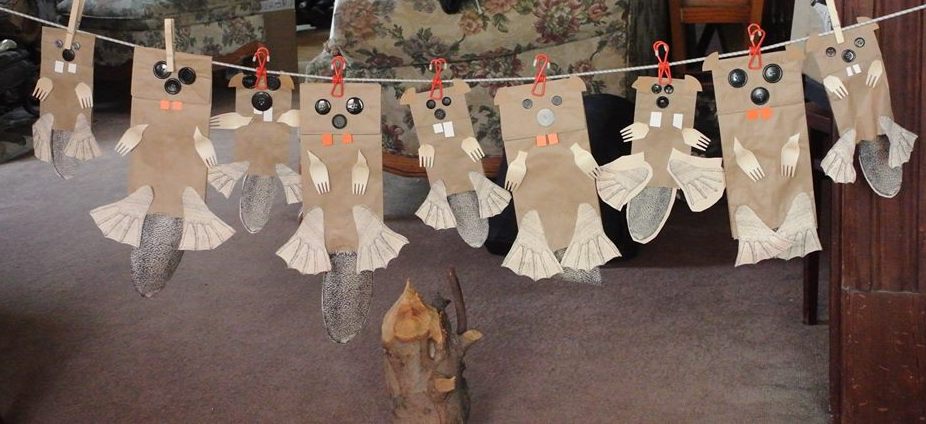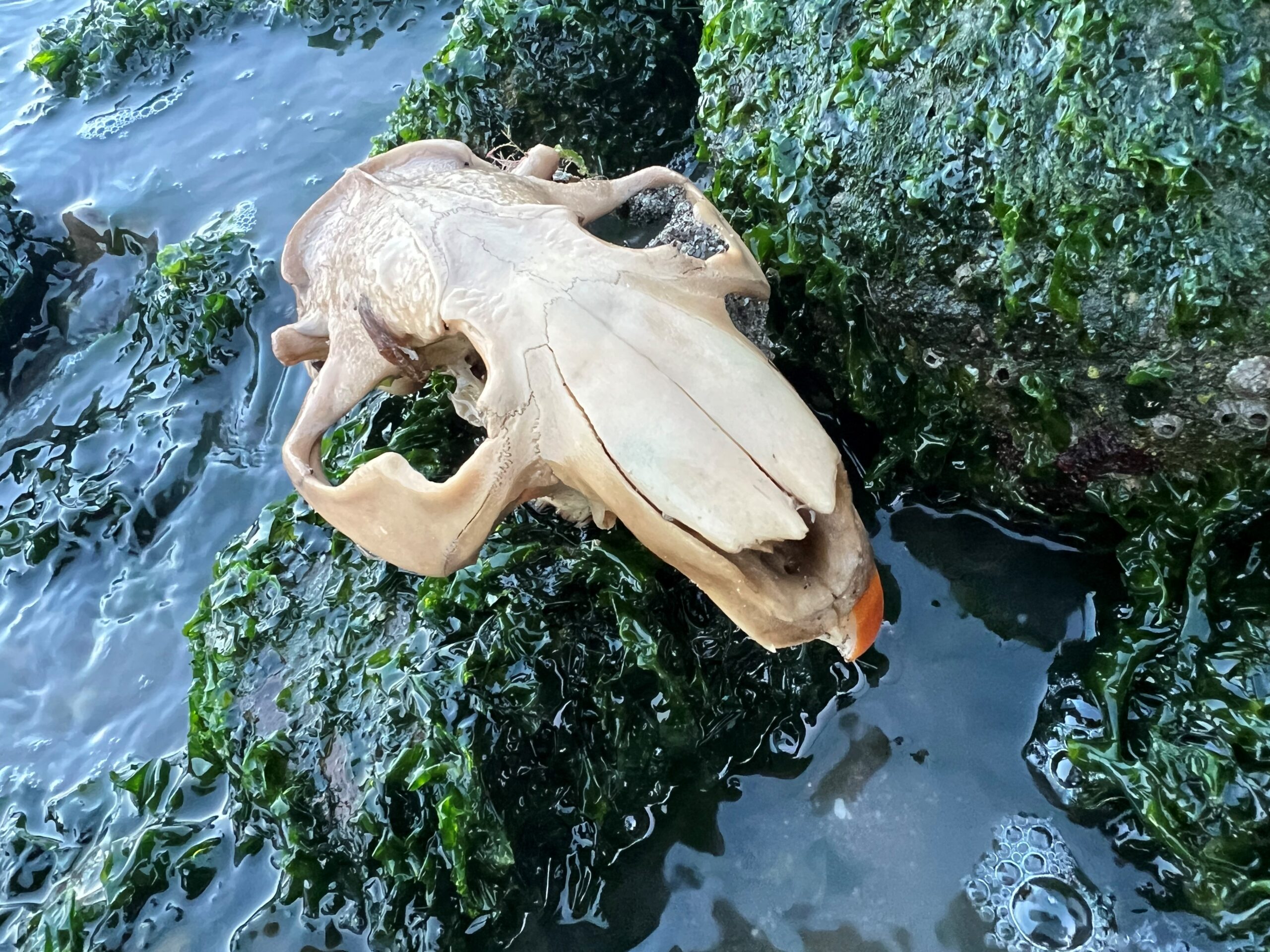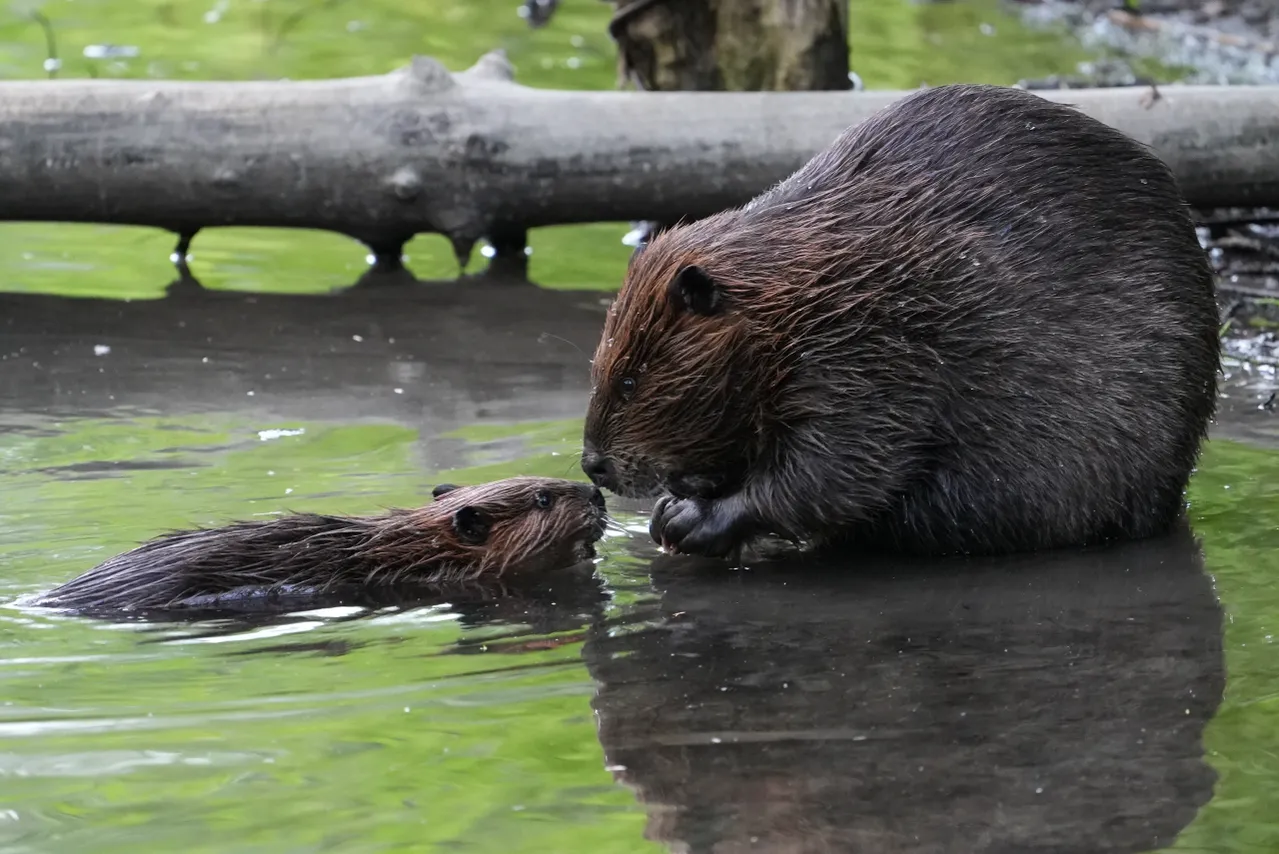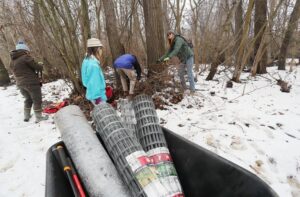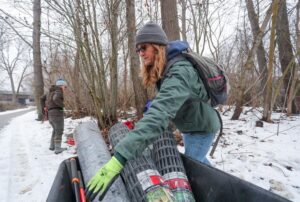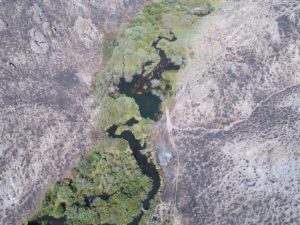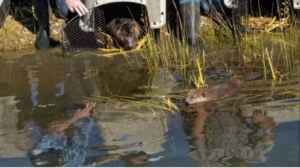I don’t think, in the history of this website in 17 years there has ever come a day when I was forced to choose between TWO fantastic articles about managing beavers by using flow devices and keeping their benefits on the landscape.
TWO!
Same day. Different countries. Different problem solvers. But since the first is from the Sierra Club about Vancouver and we’ve covered that story many many times I will focus on the second.
Last week I got an email from Felicia Evans who was looking for ways to mitigate beaver issues and help her students using Stem learning principals. I wrote her back and introduced her to some local resources and told her about Martinez and also that the next beaver con will be held in Colorado.
I’m guessing she and the students found their way.
Stem kids find solution to help beaver family habitat
(DENVER) — Students from a STEM Launch program in Denver are attempting to help a family of beavers that live in a creek that flows behind their school.
The third and seventh-grade students of STEM Launch K-8 of Adams 12 Five Star Schools in Thornton, Colorado, are teaming up to find solutions that will preserve the beaver family’s habitat while also protecting the ecosystem. Beaver dams can add stability to—and also inadvertently create problems for—their surrounding environment. The kids are looking for ways to support the ecosystem without disturbing the beavers’ peace.
Third-graders in the STEM Launch program are focusing on understanding ecosystems, and how the beavers fit into, and affect, their surroundings. Seventh-graders are looking at how beavers’ dam-building activities inadvertently affect their surroundings. The kids are studying a specific family of beavers who have made their home in Niver Creek.
How many parts of this story am I in love with? First that the creek in question is by a SCHOOL and that the two groups are third and 7th grade respectively. What a perfect mix. Old enough to help wrap trees and young enough to still be cute. Perfect!
According to a press release from STEM Launch Coordinator Felicia Evans, the kids are learning something from this project that goes beyond science. They are learning responsibility and kindness.
The students are preparing to present their findings on Valentine’s Day, Feb. 14, 2024. “While their dam-building activities are causing environmental concerns, our students are exploring solutions that protect both the beavers and the local ecosystem,” explained Evans. “What better day to showcase their love for nature and wildlife than on Valentine’s Day?”
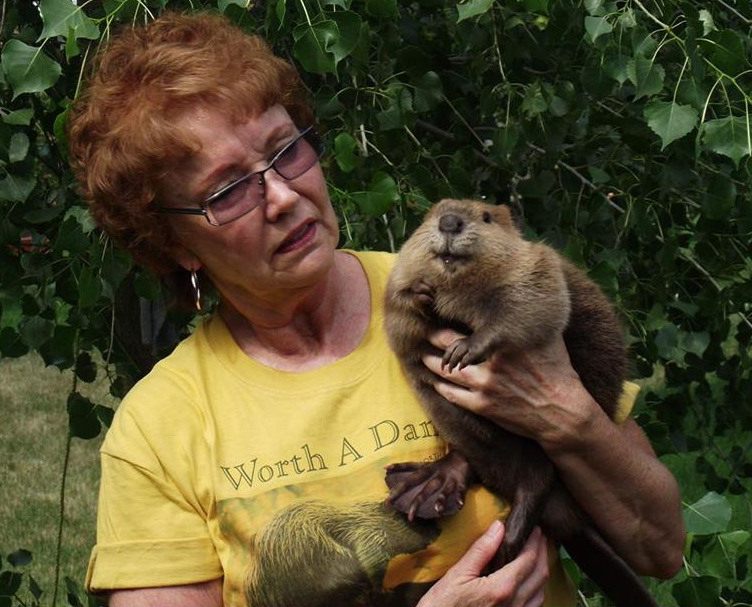 i am thrilled that they found solutions, and thrilled that someone understood this well enough to involve young people. Remember Colorado is where Sherri TIppie has worked for decades so if there aren’t some hearts softened towards beavers there there is zero chance for the rest of the nation.
i am thrilled that they found solutions, and thrilled that someone understood this well enough to involve young people. Remember Colorado is where Sherri TIppie has worked for decades so if there aren’t some hearts softened towards beavers there there is zero chance for the rest of the nation.
Good work, Felicia!
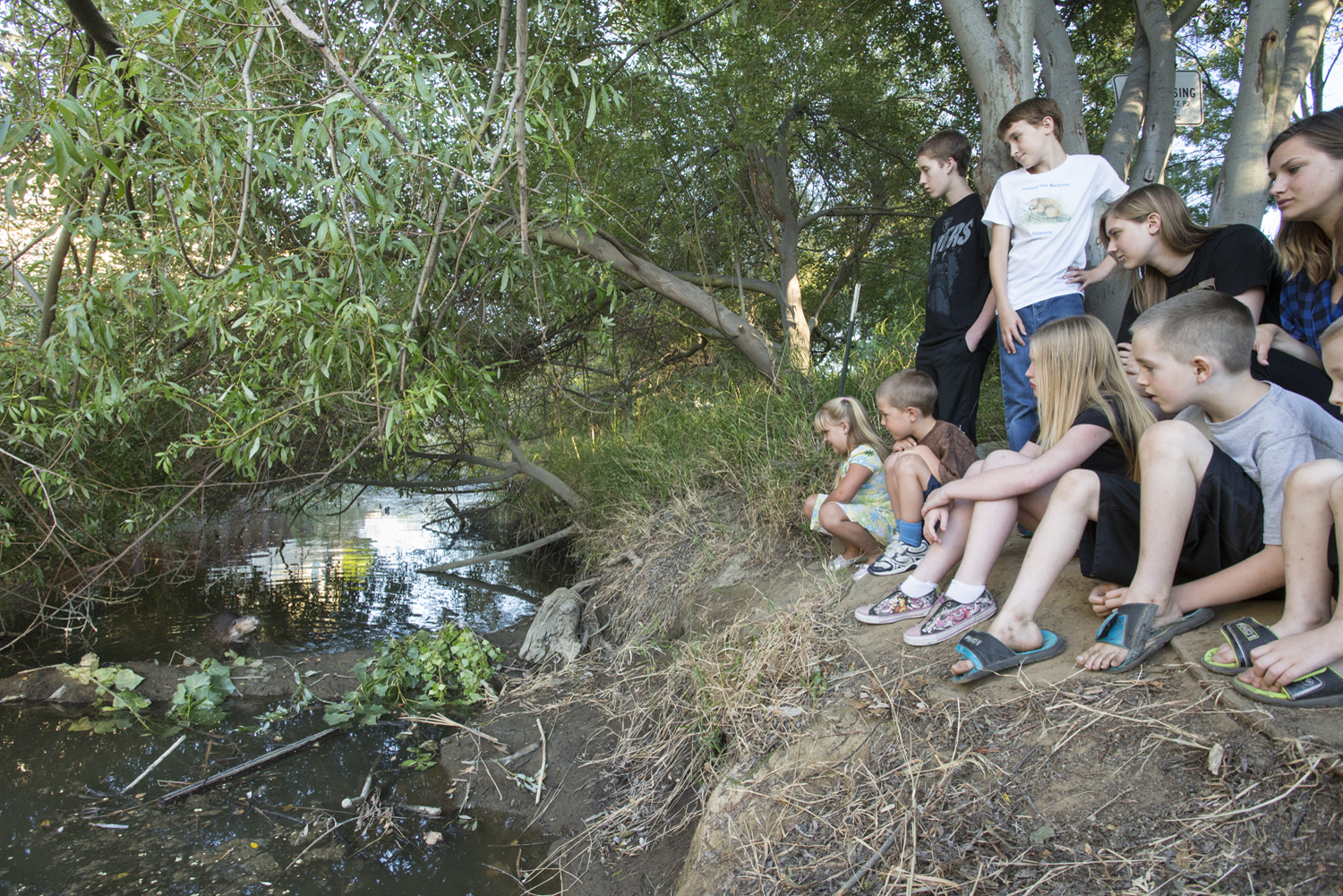
Children watching beaver in urban environment
Martinez, CA
*Model release available – #Martinezbeavers_3


